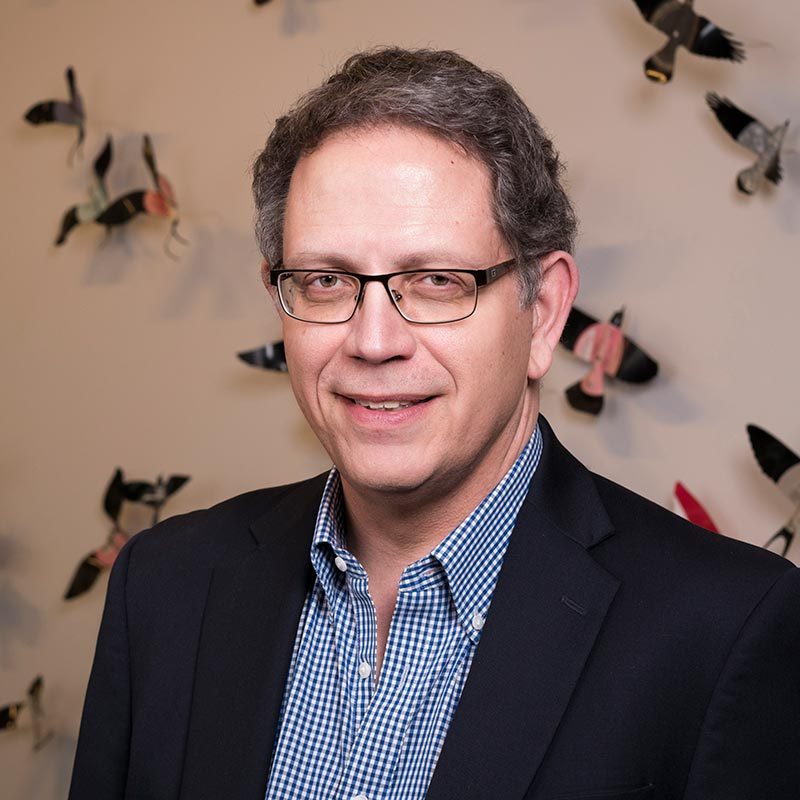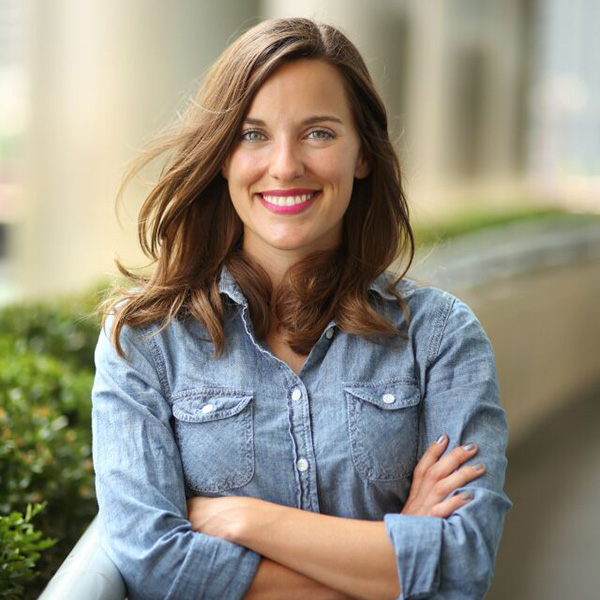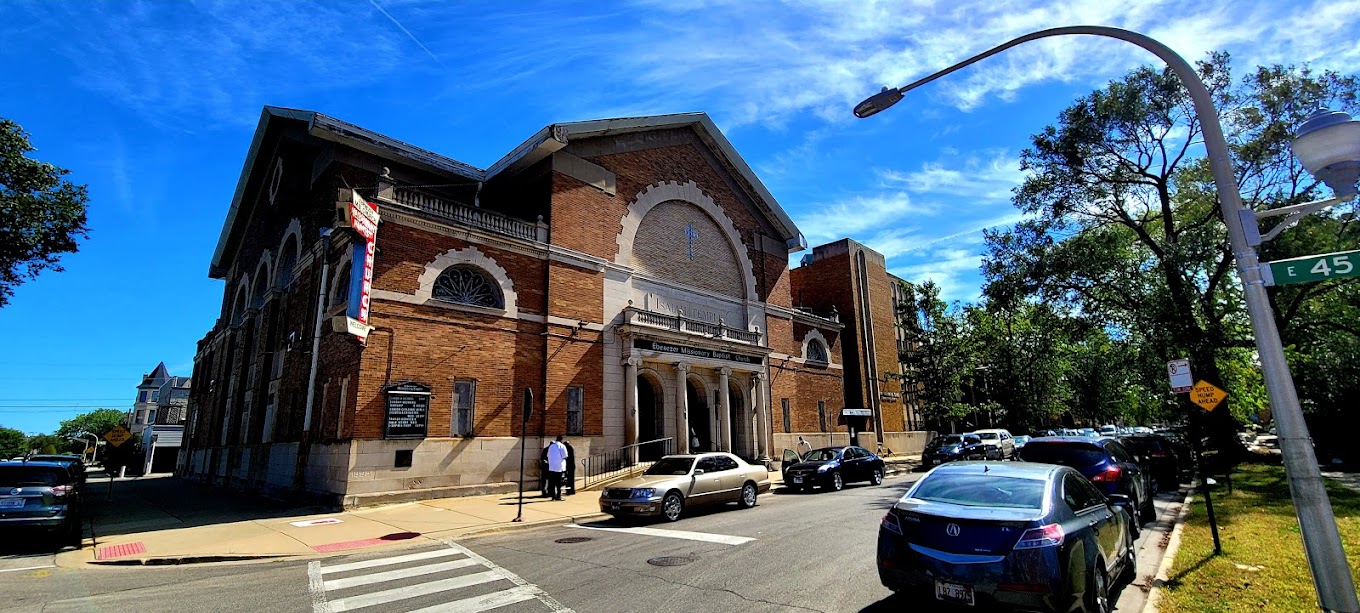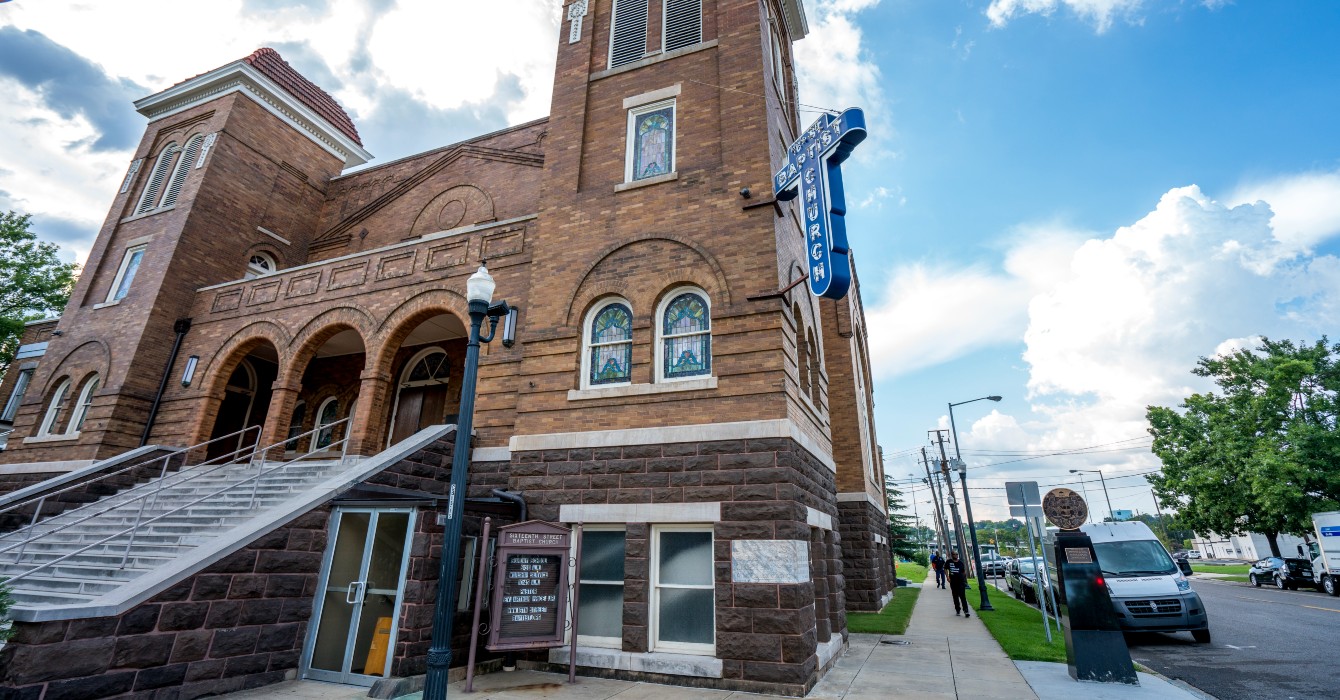Fairfield County, Connecticut, is a wealthy community. But the region’s income inequality -- the gap between the incomes of its top and bottom earners -- ranks first among the 100 largest metro areas in the nation.
That means that many people are struggling to pay housing costs, that some graduate from high school without the skills needed for a living-wage job, that some go hungry even in a county where the median income is $30,000 higher than the national average.
Working with state and local governments, private philanthropists, nonprofits and other partners to close that gap is the mission of Fairfield County’s Community Foundation.
“We’re one of the few institutions that have that ability to get those cross-sector conversations,” said Juanita James, the president and CEO of the organization since 2011.
“It’s a wonderful marriage of those with means being able to provide those means in a very constructive way to people who need it.”
Community foundations are public charities serving particular geographical areas that work with individuals, families and businesses to invest in local nonprofits. Fairfield County, in southern Connecticut, includes the cities of Bridgeport, Stamford, Norwalk and Danbury.
James, who is also an ordained deacon and elder in the Presbyterian Church, had a career in business before taking on the leadership of the foundation. She was at Duke to speak to the Foundation Impact Research Group seminar. The following is an edited transcript.
Q: Your foundation’s mission is “to close the opportunity gap in Fairfield County.” What do you mean by “opportunity gap”?
We define that as gaps with respect to income, educational achievement and access to health and human services. How do we make sure that even those who are in the most need have access to health care, get a quality education that can prepare them with the skills they need for life, and can afford to live in stable, safe communities where there is opportunity?
Q: I think of that part of the country as being very wealthy.
Yes, that’s one of the biggest challenges. People don’t realize that even in wealthy communities, there are pockets of poverty, of homelessness, of hunger.
Because there is such a disparity of wealth, we have, for example, some of the highest-achieving students but also a very significant percentage of students who do not graduate from high school. And even those who do graduate from high school, in some of our more impoverished areas, actually graduate at grade-four level.
We’ve just completed another community well-being survey, and we now have 42 percent of households in Fairfield County that are spending more than 30 percent of their income on housing. Ideally, one would want to spend less than 30 percent of household income. The fact that there are so many families that are spending that much indicates a growing problem.
Q: Who are some of your partners?
We manage more than 600 different donor-advised funds -- these are philanthropic people who have decided that they want to make a contribution to solving community problems.
We also work with nearly 650 nonprofits on an ongoing basis, providing grant-making support.
We run a center for nonprofit excellence, which is a year-round [resource for] skill development, webinars, workshops, trainings for nonprofit executives and their staff. That’s to enable them to be more effective in delivering their services to the areas of the community that need it most.
Q: Do you ever find that your roles with these two constituencies are in tension? On the one hand, you’re something of a technician, managing money for the wealthy, but you also have your own agenda and hope to have an impact in particular ways in your community.
Rather than saying it’s in tension, I think that helping all aspects of our constituents, raising their level of awareness and appreciation and understanding of each other’s roles, is really where the challenge is.
We want donors to be made aware of where some of the struggles are. As part of our operating principles, we very much believe that one needs to include community voice and community perspective and to bring that into communities and work in partnership with them, as opposed to bringing in solutions and trying to impose them on a local group.
That’s really where, to me, the level of awareness has to be improved.
Because we work with so many diverse groups -- and I mean diversity in terms of ethnicity, income level, religion, cultural differences -- helping people to first understand each other before you come in with a preconditioned solution is one of the challenges, and one of the things I think we do well.
As a community foundation, we work with the public sector, our local and state elected officials. We work with the private sector, businesses. We work with the nonprofit sector, and we work with the donor and philanthropic population.
We’re one of the few institutions that have that ability to get those cross-sector conversations.
That relationship building makes it more time-intensive and labor-intensive than, for example, just being a grant-making institution. Those are some of the dynamics that make the work both more rewarding and more challenging.
Q: What do you do to foster that conversation and those relationships in those multiple sectors?
We are research- and evidence-based, so before we decide to tackle any particular initiative, we generally do some type of market research project.
We survey the donor population. We survey the nonprofits. We use census data, as well as data provided by other sources, to gather the information and then present it in a way that is accessible and digestible.
Then we provide access to the information. Many nonprofits don’t have the financial ability to go out and get this data themselves, so by being able to provide it widely, we feel that that’s one of the values we add to bringing these conversations together.
Q: You are an ordained deacon and elder at the First Presbyterian Church of Stamford. How are your Christian values expressed in the community foundation work?
We are all God’s children, and there is good in every one of us. Part of the reason each one of us is here is to bring our talents and our gifts to try to make something better, whether it’s in our families, our homes, our communities, our churches.
That’s part of the fundamentals, to me, of what Christianity is. Right? That’s what the foundation does. We look for people who have an interest in giving and connect them with people who have needs.
One of the things we’re very proud of, for example, is we worked with a collaborative on building affordable housing. We worked with nonprofit developers and for-profits and formed a coalition. Over a 10-year period of time, we invested dollars and research and eventually built or renovated over 1,500 units where 5,000 more [people] are now living in affordable homes.
We’re working right now on how to end systemic homelessness. First we tackled the veteran population, and now we’re looking at families. We work with about 10 different nonprofits on this. Some provide housing services; some provide mental health services. It’s the whole portfolio of things that people need in order to regain and get back on their feet.
That’s the beauty of being so connected with the nonprofit community. We can see which organizations are really making an impact and reaching the people and providing transformative solutions. And we have the wherewithal because of our donors to help fund those organizations.
It’s a wonderful marriage of those with means being able to provide those means in a very constructive way to people who need it.
Q: What is the Thrive by 25 initiative?
Thrive by 25 -- the whole genesis of that is, How do we get our young adults to be independent and self-sufficient by the age of 25? What are the skills that they need?
Everyone can relate to that. That’s what we want for our children. We want them to be able to be community citizens, to be able to live independently and to be happy.
They need the skills to be able to find a decent job, but they also need those relationship-building skills to be able to form community and have friends and support systems and to provide support systems for each other.
[Some young] people are completely disconnected. They’re not in school. They’re not working in a livable-wage job. They’re basically in the pipeline for failure. How do we prevent that?
That, to me, is really what Thrive by 25 is all about.
Where have studies shown there are particular intervention points? Early childhood education, we know, is a success factor. Third-grade reading levels -- we know that’s a success factor. We also know there’s a tremendous challenge in terms of the dropout rate or the disconnection rate between eighth and ninth grade and between ninth and tenth grade.
Where are we finding around the country programs that are helping to improve that retention, and how do we take that and bring it local where it makes sense?
Q: Using Thrive by 25 as an example, tell me how you work with your partners.
We first identify what works, which organizations have been successful in showing that they are really getting some results, and connect donors with those organizations and get them to work together.
That’s really where we play a role -- getting the nonprofits themselves to collaborate and work together to build the continuum of solutions, and then connecting the donor population to help fund and provide the resources for those groups.








